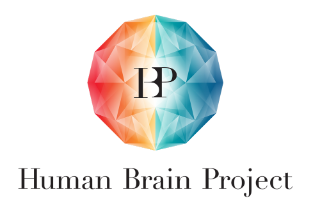MaGriDo's goal is to (further) develop and analyze deep neural networks (NNs) for industrial problems, which allow existing domain knowledge to be incorporated into the architecture of the networks. Such a hybrid approach can make use of the complementary strengths of "end-to-end" learning approaches and "a-priori models/rules". This approach promises more efficient solutions for many fields of application. For example, the amount of data required is reduced, or the predictions of the ML model are consistent with existing knowledge.
The focus of research and development in MaGriDo is on so-called graph networks, since complex systems can usually be represented very well as compositions of entities and their interactions. These contain various special cases such as conventional fully-connected NN, convolution NN and recurrent NN, can be applied to relational structures, and make a hierarchical processing of input data possible.
more info







